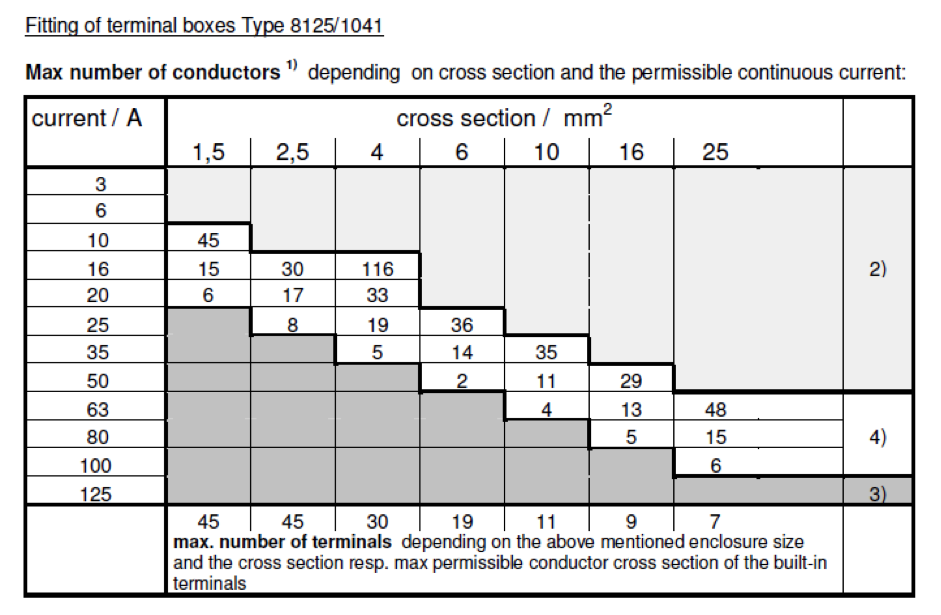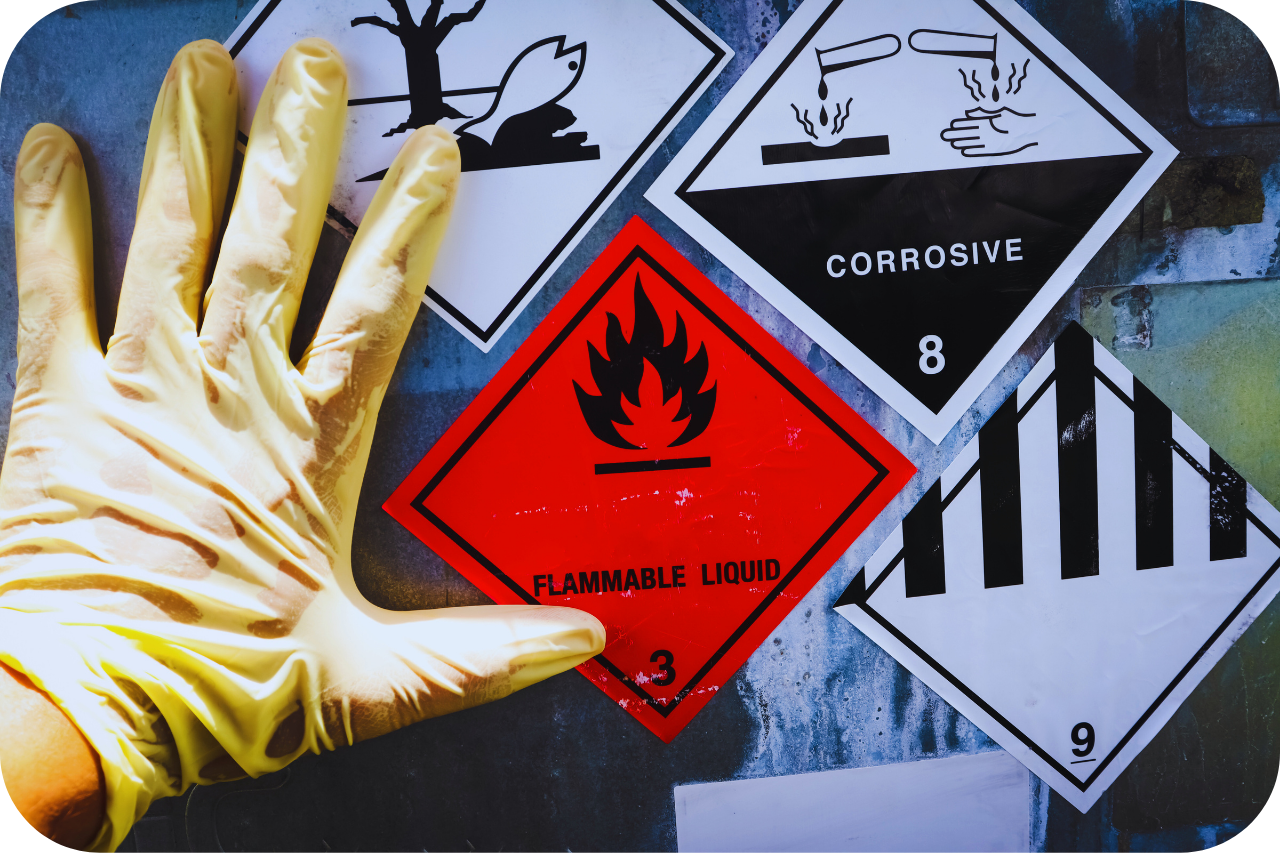Roar Solutions Can Be Fun For Everyone
Roar Solutions Can Be Fun For Everyone
Blog Article
Roar Solutions - The Facts
Table of ContentsThe smart Trick of Roar Solutions That Nobody is Talking AboutThe Facts About Roar Solutions RevealedThe Ultimate Guide To Roar Solutions
In such an atmosphere a fire or surge is feasible when three fundamental problems are fulfilled. This is typically described as the "unsafe location" or "combustion" triangle. In order to protect installations from a potential explosion an approach of evaluating and categorizing a possibly harmful area is needed. The purpose of this is to ensure the correct selection and installment of equipment to inevitably protect against an explosion and to ensure safety and security of life.
(https://pagespeed.web.dev/analysis/https-training-roarsolution-com-au/mm9wy036rp?form_factor=mobile)
No tools should be mounted where the surface area temperature of the devices is higher than the ignition temperature of the provided threat. Below are some usual dust harmful and their minimum ignition temperature level. Coal Dust 380C 225C Polythene 420C (thaws) Methyl Cellulose 420C 320C Starch 460C 435C Flour 490C 340C Sugar 490C 460C Grain Dirt 510C 300C Phenolic Resin 530C > 450C Aluminium 590C > 450C PVC 700C > 450C Soot 810C 570C The probability of the hazard being present in a concentration high sufficient to create an ignition will differ from area to area.
In order to categorize this danger an installment is separated into areas of risk depending upon the amount of time the harmful exists. These areas are described as Zones. For gases and vapours and dusts and fibres there are three areas. Zone 0 Area 20 An unsafe environment is highly likely to be existing and may be existing for extended periods of time (> 1000 hours annually) and even continuously Zone 1 Zone 21 A harmful environment is feasible however not likely to be present for lengthy durations of time (> 10 450 C [842 F] A category of T6 indicates the minimum ignition temperature level is > 85 C [185 F] Dangerous location electrical equipment perhaps created for usage in higher ambient temperature levels. This would suggested on the ranking plate e.g. EExe II C T3 Ta + 60C( This suggests at 60C ambient T3 will certainly not be exceeded) T1 T1, T2, T3, T4, T5, T6 T2 T2, T3, T4, T5, T6 T3 T3, T4, T5, T6 T4 T4, T5, T6 T5 T5, T6 T6 T6 A T Course ranking of T1 implies the maximum surface temperature level produced by the instrument at 40 C is 450 C. Presuming the linked T Course and Temperature level ranking for the devices are proper for the location, you can always use a tool with an extra rigorous Division ranking than needed for the location. There isn't a clear answer to this question regrettably. It really does depend upon the kind of devices and what repair work need to be performed. Devices with specific test procedures that can not be done in the field in order to achieve/maintain 3rd party ranking. Must return to the factory if it is before the tools's service. Area Repair By Authorised Worker: Complicated testing may not be required nevertheless details procedures might need to be adhered to in order for the tools to preserve its third party ranking. Authorised personnel have to be used to perform the work correctly Fixing have to be a like for like replacement. New part have to be thought about as a direct replacement calling for no special testing of the equipment after the fixing is complete. Each tool with an unsafe rating must be examined separately. These are laid out at a high level listed below, however, for more comprehensive information, please refer straight to the standards.
Roar Solutions Fundamentals Explained
The devices register is a comprehensive data source of devices documents that consists of a minimum set of fields to determine each thing's location, technical specifications, Ex-spouse classification, age, and environmental data. The ratio of In-depth to Close inspections will certainly be determined by the Equipment Risk, which is evaluated based on ignition threat (the possibility of a source of ignition versus the probability of a flammable ambience )and the hazardous location category
( Zone 0Area 1, or 2). Carrying out a robust Risk-Based Inspection( this website RBI )technique is vital for guaranteeing conformity and safety and security in managing Electrical Devices in Hazardous Locations( EEHA).
Rumored Buzz on Roar Solutions

In terms of explosive threat, a harmful location is an atmosphere in which an eruptive atmosphere exists (or might be expected to be existing) in quantities that call for special preventative measures for the building and construction, setup and usage of devices. eeha. In this short article we explore the obstacles dealt with in the workplace, the risk control measures, and the required proficiencies to function safely
It issues of modern-day life that we make, keep or deal with an array of gases or fluids that are deemed combustible, and a variety of dusts that are regarded flammable. These compounds can, in specific problems, develop eruptive atmospheres and these can have significant and unfortunate effects. Most of us know with the fire triangle remove any one of the three components and the fire can not take place, yet what does this mean in the context of hazardous locations? When breaking this down right into its simplest terms it is essentially: a combination of a specific amount of release or leakage of a certain substance or material, mixing with ambient oxygen, and the existence of a source of ignition.
In a lot of circumstances, we can do little regarding the levels of oxygen in the air, but we can have substantial influence on resources of ignition, as an example electrical equipment. Unsafe locations are documented on the dangerous area classification drawing and are recognized on-site by the triangular "EX" indication. Right here, among various other crucial info, areas are divided into three types relying on the risk, the chance and duration that an eruptive environment will exist; Zone 0 or 20 is considered the most hazardous and Zone 2 or 22 is deemed the least.
Report this page